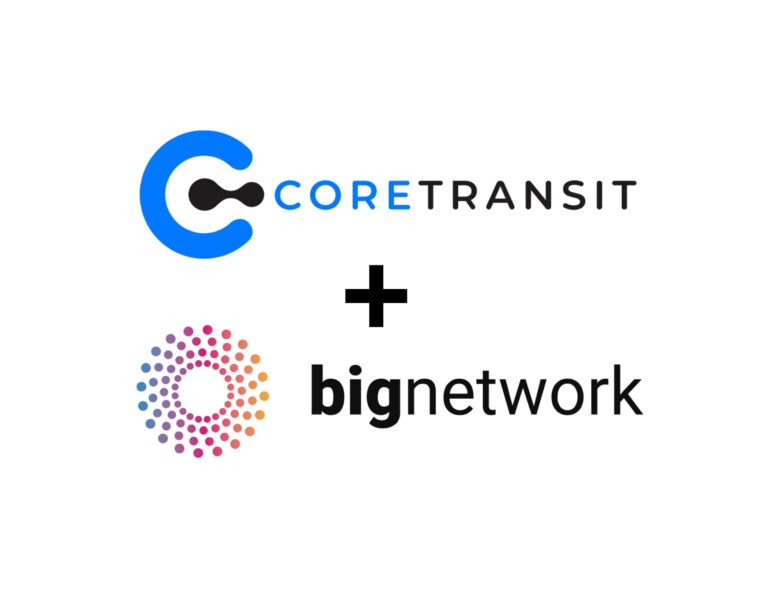
Core Transit was an idea to solve a problem that became more and more common with the growth of Startlink, mobile wireless, and the increasing proliferation of CGNAT-enabled service providers. Many users have been asking for Static IP addressing behind these Services for some time and Core Transit was able to deliver with the help of Big Network.
Core Transit launched its offering using commodity standards-based tunneling protocols. The services worked reliably but did have a few drawbacks. First, providing a tunnel over the Internet is not a trivial routing task. It takes a bit of routing knowledge that not every user is familiar with or comfortable with. Second, separate tunneling protocols were needed to accommodate separate use cases. For instance, L2TP worked well behind NAT but was not supported as a client on all routing platforms. GRE is the most universal, but it doesn’t work well behind NAT. Additionally, these protocols required layer 3 termination. Many users would prefer a layer 2 handoff for simplicity. Of course, the sprawl of separate services also meant more complexity in terms of support and maintenance.
Through a partnership with Big Network, Core Transit was able to address these challenges and deliver for customers. Big Network provides a full management ecosystem for over-the-top-based networking. Devices and services are provisioned from an intuitive dashboard, which also provides views of traffic flows, service health and network topology. Core Transit’s long-term objective is complete automation,and the rich set of API’s available through the Big Network portal made the partnership a natural fit. Finally, the team at Big Network has been actively working with Core Transit engineering on incremental upgrades to improve the solutions offered by both vendors.
Where are Core Transit and Big Network a great fit together? There are a few key use cases. First, the majority of service requests have come from Starlink customers who need a fixed, static IP address. Starlink is not able to offer this because of the nature of how satellites move in orbit. Core Transit can use Starlink as transport for its services with little trouble. Second, static IP addressing over more traditional forms of connectivity is also a common request. This includes LTE or other fixed wireless technologies. Finally, the third Core Transit common use case is BGP and custom route delivery. Services include the ability to advertise BGP AS prefix information over the top of any underlying connection. Typically, a feature only available on dedicated internet access (DIA) connections, Core Transit brings these capabilities to nearly any location.
In conclusion, the Core Transit and Big Network partnership has enabled new use cases and reached new markets quickly. The partnership has connected customers in ways and places not previously accessible at scale in the connectivity marketplace. While the initial service offerings are gaining significant adoption, the teams at Core Transit and Big Network continue to innovate and grow.
To learn more, visit https://www.coretransit.net/static-ip-anywhere/